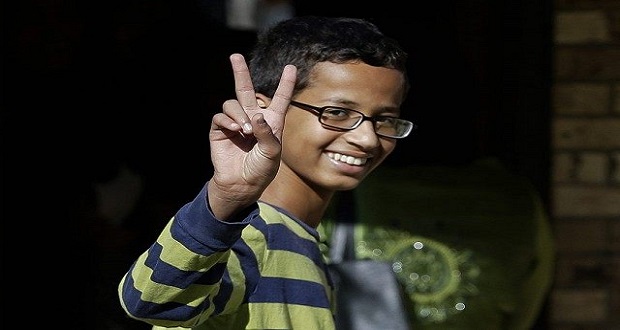
Last week we started this series with an exploration of black identity development. This week, we will offer two models of Latino identity development, one offered by The Tilford Center and the other by my friend and colleague, Bernardo Ferdman.
The Tilford Center of Kansas State University, offers faculty and staff a variety of resources that promote teaching, learning, living and working in a diverse world offers 5 stages of Latino identity development.
- Casual: During this period messages either affirm, ignore, negate, or denigrate the ethnic heritage of the person. There is a failure to identify with Latino culture at this stage.
- Cognitive: Based on negative or distorted messages, erroneous belief systems about Latino heritage becomes incorporated into one’s self concept: (a) association of ethnic group membership with poverty and prejudice, (b) assimilation to white society is the only means of escape, and (c) assimilation as the only avenue to success.
- Consequence: At this stage, the individual feels ashamed, embarrassed by ethnic markers such as name, accent, skin color, cultural customs.
- Working Through: Two major dynamics distinguish this stage. The individual becomes increasingly unable to cope with the psychological distress of ethnic identity conflict. Second, the individual can no longer be a “pretender” by identifying with some other ethnic identity. Ethnic consciousness increases at this stage.
- Successful Resolution: This last stage is exemplified by greater acceptance of his or her culture and ethnicity. There is an improvement in self-esteem and a sense that ethnic identity represents a positive and success-promoting resource.
Bernardo Ferdman and Placida Gallegos suggest Latinos develop orientations or lenses based on experiences with social institutions including the family, education system, peer groups and U.S. cultural racial constructs etc. These lenses include:
- Latino Integrated, understanding of racial constructs and ability to challenge them;
- Latino Identified, acceptance of the races Latino and white and identification with Latino;
- Subgroup Identified, identification of multiple Latino races and identification with a regional subgroup;
- Latino as Other, identification as a generic Latino due to mixed heritage;
- Undifferentiated, colorblindness, adherence to dominant culture, and tendency to attribute failure to the individual rather than racial constructs; and
- White Identified, acceptance of white and Latino races and identification with white and rejection of Latino.
Of course identity development is very complex and these brief descriptions need more discussion to really understand how these stages play out to impact self-concept. Our purpose is to simply introduce the theories that you can further explore in your organizations.

















